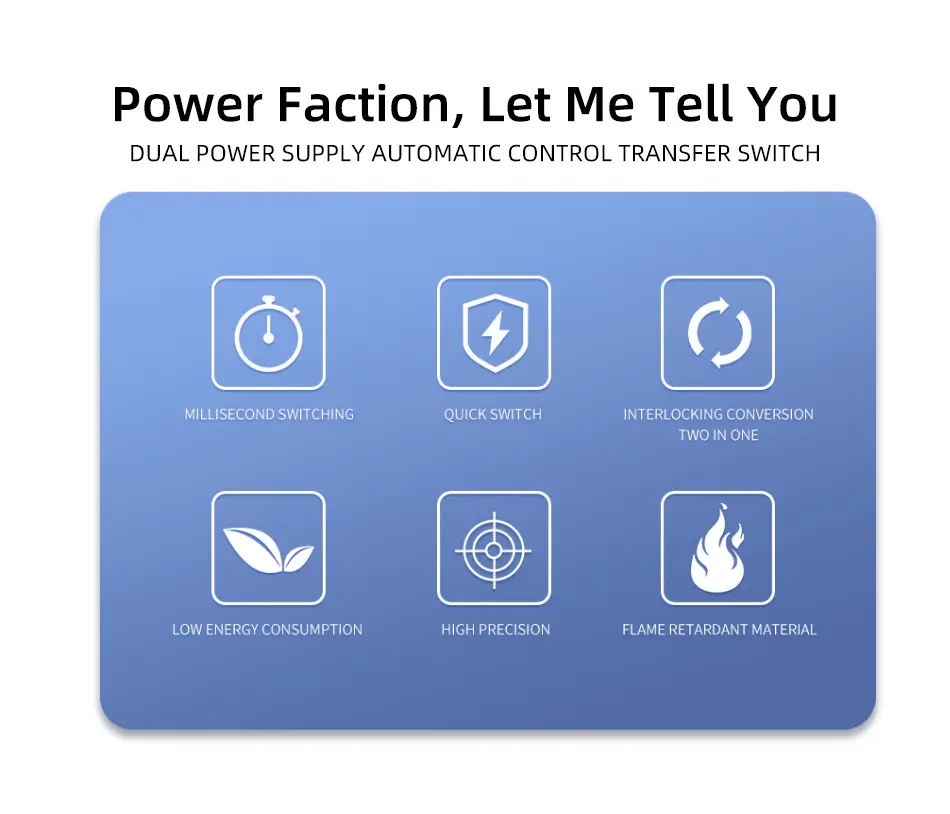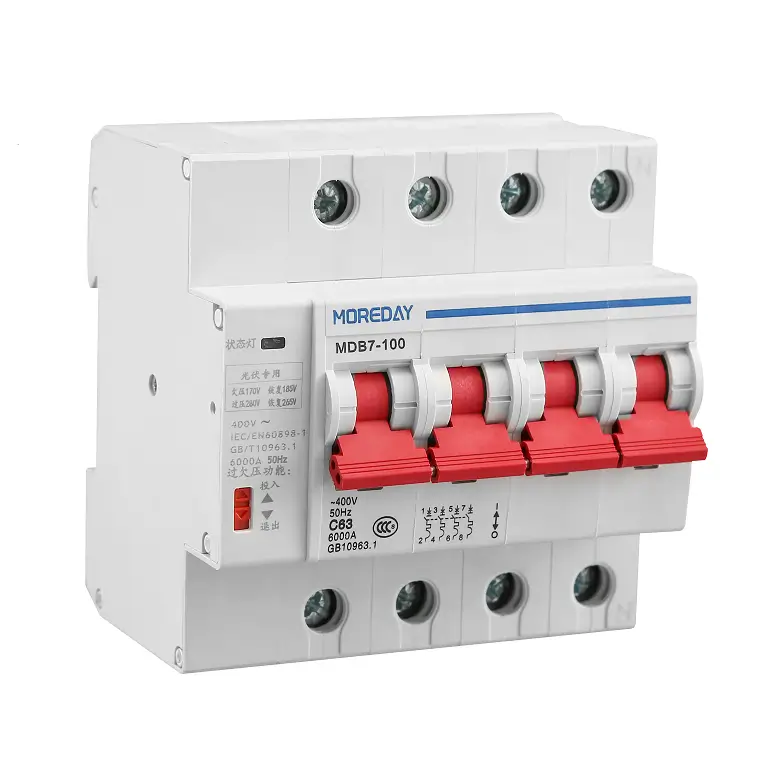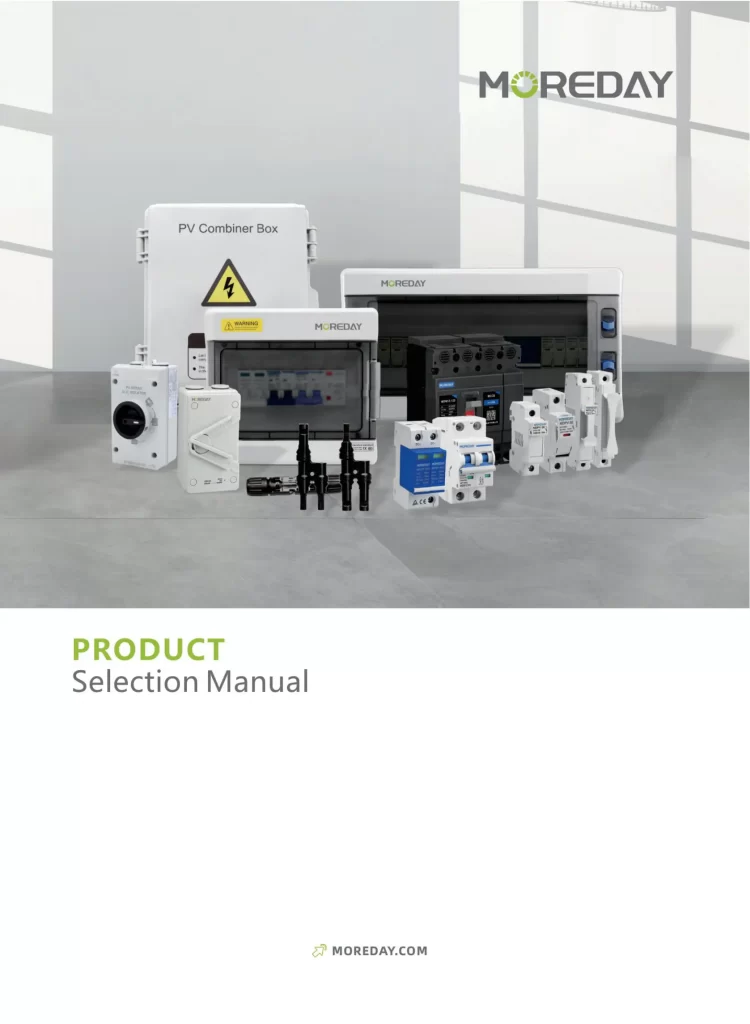Previous
Next
PV RECLOSING CIRCUIT BREAKER MDB7-100
MDB7-100 is applied in a PV system; it can close automatically, the quality is excellent, and it can maintain the power transmission mode for a long time.
Features:
- 6ka high-performance segmentation capability
- Automatic reclosing function
- Din Rail installation
- Small and intelligent
- Allow over and under voltage function
- Excellent material





